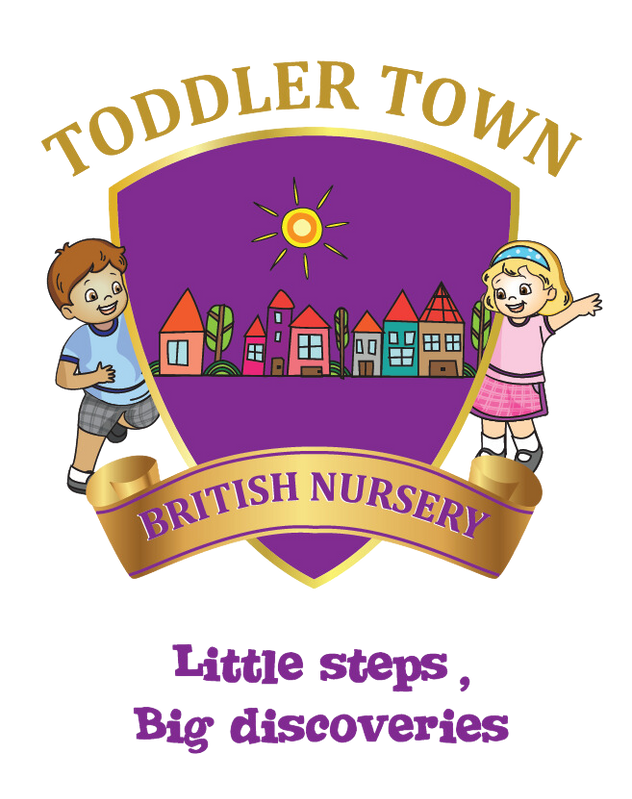
Walk into a well-run nursery and you’ll see something special. A child is balancing on a wooden beam while another builds a rocket ship from cardboard. Across the room, a group is listening to a story, completely still, eyes wide.
At first glance, it may seem like chaos and calm are happening side by side. In reality, this is what a healthy mix of play and structure looks like. In the best nursery in Dubai, this quiet balance is worth noticing.
Play That Looks Like Magic but Teaches Like a Book:
The power of play is often underestimated. A child pouring sand from one bucket to another isn’t just passing time, they’re learning about volume, control, and patience. Pretending to be a doctor? That’s early empathy, vocabulary growth, and problem-solving all in one. Good nurseries don’t treat play as a reward or a break. They treat it as a language children speak fluently, long before they can write their names.
Structure Without the Stiffness:
Now flip the scene. Think of a nursery day like music, without rhythm, it’s noise. Structure gives children a sense of rhythm, not rules for the sake of control. A soft routine, like starting with circle time and ending with a story, creates comfort. It tells children “You are safe here. You know what comes next.” But the best structure is flexible, it can bend when a child finds something fascinating and needs more time to explore it.
The Art of Letting Go and Stepping In:
A skilled teacher in a quality nursery knows when to step back and when to step in. Sometimes the best support is silence, letting children solve their own puzzles, create their own games, or settle small squabbles. Other times, a gentle voice or a new question can lift the play to a whole new level. The goal isn’t to control every moment, but to create a space where children lead, and adults notice when to guide.
One World, Many Paths:
A nursery filled with both freedom and rhythm doesn’t just prepare children for school. It helps them build a deeper understanding of how to live in a shared space. They learn how to start something on their own and how to join something bigger than themselves.
In the right setting, play and structure don’t pull in opposite directions. They hold hands, and children walk forward between them.